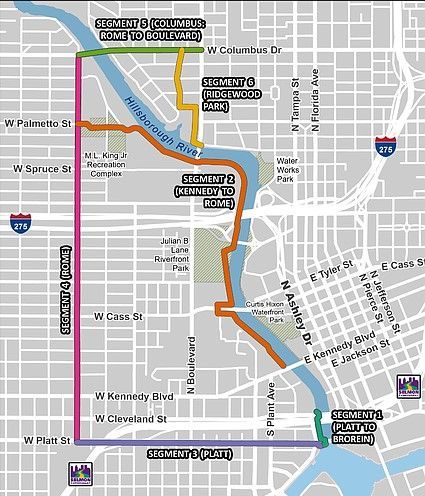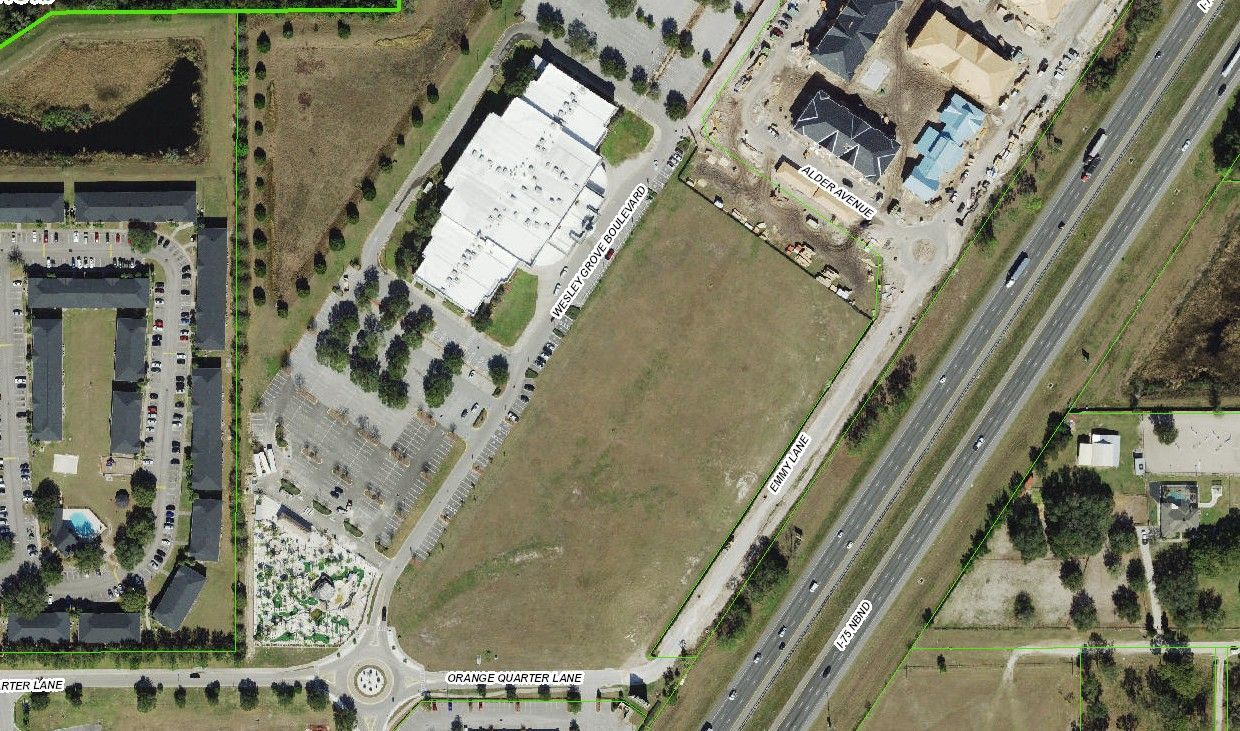Tampa releases request for qualifications to extend the riverwalk
The City of Tampa is seeking a design-build firm to extend the Riverwalk west of the Hillsborough River according to a RFQ released on February 5th. The extension will be approximately 5 miles with a price tag around $30 million. $24 million will be covered by the Federal Government thanks to a grant awarded through the Better Utilizing Investments to Leverage Development program in 2020. The Tampa City Council accepted the grant in July.
The RFQ was initially supposed to be released in mid-2022. For each segment of the process, the city is seeking categorial exclusions in accordance with the National Environmental Policy Act. Exclusions would allow the Riverwalk extension to not need an environmental assessment or an environmental impact statement which saves resources and reduces paperwork. The approval process should be complete by February 27th.
40% of the decision criteria for a design build firm includes experience with complete streets, urban trail, and coastal projects in the past. 20% of the decision criteria is based on general experience with design-build projects. Experience is key for any firm looking to apply for the project.
Only three short-listed firms that apply for the project will be asked to submit a project proposal. The final price and design will be known at that time.
Key events in the timeline are:
- Feb. 17: Pre-submission meeting for prospective design-build firms
- March 20: Statement of qualifications due
- April 11: Shortlist of companies published, along with the RFP
- August 17: Sealed price proposals due
- August 28: Final selection by the city, with city council voting afterward
- October: Execution of the contract
This extension of the riverwalk is separate from the proposal to make cruise terminal 2 toward the Florida Aquarium open to walkers and bikers as a part of the Riverwalk.

Source: Tampa Bay Business Journal
Thank you for your interest. If you need appraisal or valuation services in the Tampa Bay area contact:
Mike Cliggitt, MAI, MRICS, CCIM
813-405-1705 - Direct Line
SHARE CONTENT





